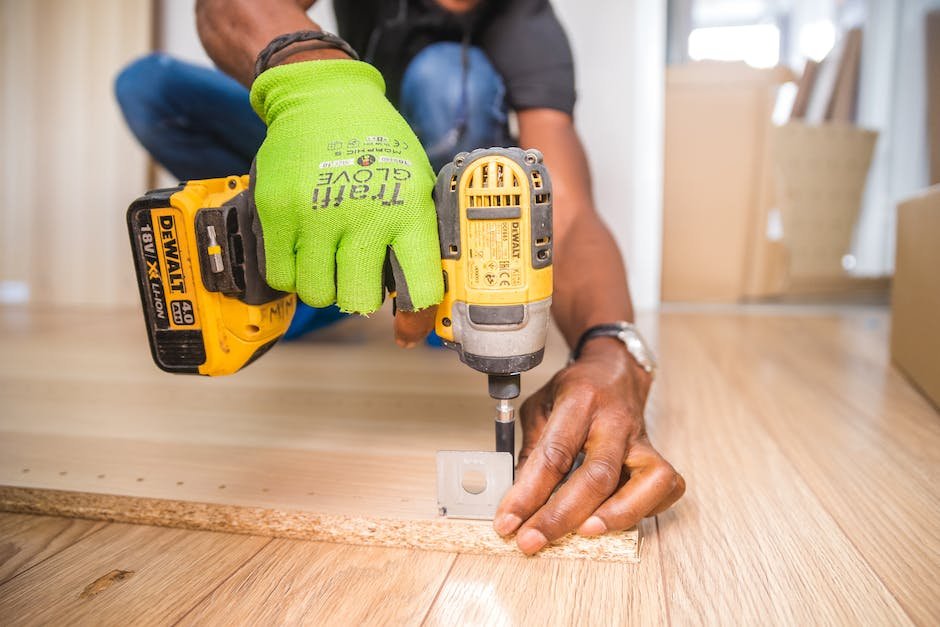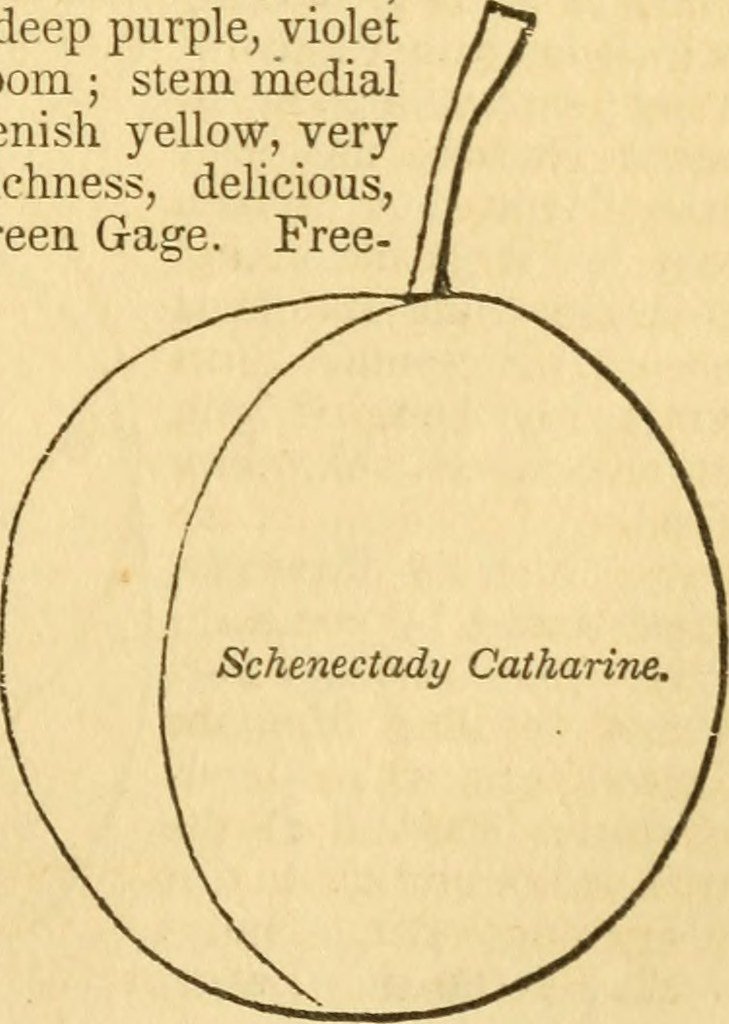Now Reading: How to Make Your Own DIY Sutures
-
01
How to Make Your Own DIY Sutures

How to Make Your Own DIY Sutures
In the realm of DIY projects, few may consider stitching up wounds to be a creative endeavor, yet here we are, diving headfirst into the mysterious art of homemade sutures. Whether you find yourself in a survival scenario or simply possess an inquisitive mind, learning how to create your own stitching tools can be both resourceful and empowering. Picture yourself as a modern-day MacGyver, armed with nothing but a needle, thread, and the know-how to close up cuts with a homemade touch. So, roll up your sleeves, because we’re about to embark on a journey where tradition meets innovation, where medical expertise is brought to the everyday, and where the humble needle becomes a tool of healing. Learn how to make your own DIY sutures and unleash your inner mender – it’s time to stitch like a pro!
Table of Contents
- Choosing the Right Materials for DIY Sutures
- Mastering the Technique: Step-by-Step Guide to DIY Suturing
- Precautions and Sterilization: Ensuring Safety in DIY Suturing
- Alternative Options: When to Consider Professional Medical Help
- Tips and Tricks for Successful DIY Suturing
- Q&A
- To Conclude

Choosing the Right Materials for DIY Sutures
When it comes to performing DIY sutures, using the right materials is crucial for achieving a successful and safe outcome. Here are some key considerations to keep in mind when selecting the materials for your at-home suturing project:
1. Needle: Choose a sharp, sterile needle that matches the size and thickness appropriate for the wound. Opt for a curved needle for easier maneuverability, and ensure it is securely attached to a suturing tool or holder.
2. Thread: Select a suturing material that is strong, non-absorbable (or absorbable if appropriate), and sterile. Common options include silk, nylon, and polypropylene. It is important to consider the required tensile strength and the anticipated healing process when choosing the thread.
3. Sterilization: Properly sterilize all the materials before commencing the suturing procedure. This can be achieved through various methods such as using autoclaves, chemical sterilants, or gas sterilization techniques. Sterilization helps reduce the risk of infection and ensures a clean wound closure.
4. Anesthetic: Depending on the nature and location of the wound, it may be necessary to use a local anesthetic. Consult with a healthcare professional to determine the appropriate type and dosage, as well as the correct administration technique.
Remember, DIY suturing should only be done if you have the necessary knowledge and skills. If in doubt, always seek professional medical assistance to ensure the best possible outcome. Stay safe and take all necessary precautions to minimize the risk of complications.
Mastering the Technique: Step-by-Step Guide to DIY Suturing
So you’ve found yourself in a situation where you need to suture a wound, but you’re unsure where to start. Don’t worry, we’ve got you covered with this comprehensive step-by-step guide to mastering the art of DIY suturing.
Step 1: Gather Your Materials
Before you begin, make sure you have all the necessary supplies. This includes sterile sutures, scissors, forceps, sterilizing solution, gloves, and a clean workspace. Ensuring everything is ready beforehand will help you maintain a controlled and hygienic environment.
Step 2: Prepare the Wound
Clean the wound thoroughly with a mild antiseptic solution, ensuring all debris and foreign particles are removed. Once the wound is clean, gently pat it dry with a sterile gauze pad.
Step 3: Position Yourself Comfortably
Before starting the suturing process, find a comfortable position that allows for steady hands and clear visibility of the wound. This could be sitting or standing, depending on the location of the wound and your personal preference.
Step 4: Align the Edges
Using the forceps, carefully align the edges of the wound to ensure precise closure. This will promote proper healing and minimize scarring. Take your time with this step to achieve optimal results.
Step 5: Begin Suturing
Using the needle holder, grasp the needle and gently pass it through the skin on one side of the wound, making sure to go from the inside out. Repeat this on the other side, ensuring the stitches are evenly spaced and tight enough to hold the wound together.
Remember, practice makes perfect when it comes to suturing. Don’t be discouraged if your first attempts are not flawless. Keep honing your skills, and soon you’ll become a master of this essential technique.
Precautions and Sterilization: Ensuring Safety in DIY Suturing
When it comes to performing DIY suturing, it is important to prioritize safety and take necessary precautions to avoid any complications or infections. Proper sterilization techniques are crucial to ensure the health and well-being of both the patient and the person performing the procedure.
To begin with, always wash your hands thoroughly with antibacterial soap before and after the suturing process. This simple step helps to eliminate any potential bacteria or germs on your hands that can be transferred to the wound. Additionally, it is important to wear clean disposable gloves during the entire procedure to minimize the risk of contamination.
Sterilizing tools and equipment:
- Before using any instruments such as suturing needles, scissors, or forceps, make sure they have been properly sterilized using an autoclave or by soaking them in a sterilizing solution.
- When preparing your work area, ensure it is clean, well-lit, and free from any contaminants. Use a disposable sterile drape to cover the area where you will be performing the suturing.
- Try to avoid unnecessary contact with non-sterile objects or surfaces during the procedure.
Cleaning and caring for the wound:
- Prior to suturing, clean the wound thoroughly with a mild antiseptic solution, such as hydrogen peroxide or iodine, to reduce the risk of infection.
- After suturing, it is important to properly dress the wound with sterile gauze or adhesive bandages to protect it from external contaminants and promote healing.
- Keep a close eye on the wound for any signs of infection, such as increased redness, swelling, or pus. If these symptoms arise, seek medical attention immediately.
By following these precautions and sterilization guidelines, you can ensure a safe and successful DIY suturing experience. Remember, it is always advisable to seek professional medical help when faced with serious wounds or complex suturing procedures.
Alternative Options: When to Consider Professional Medical Help
While there are plenty of home remedies and over-the-counter solutions available for minor ailments, there are instances when seeking professional medical help is crucial. It’s important to recognize when your symptoms may require the expertise and guidance of a healthcare professional.
Here are some signs that indicate it may be time to consider professional medical help:
- Persisting or worsening symptoms: If you’ve tried self-care measures and your symptoms have not improved or have worsened, it’s wise to consult a medical professional. They can conduct a thorough evaluation to identify the underlying cause and recommend appropriate treatment.
- Severe pain or discomfort: If you’re experiencing intense pain or discomfort that is difficult to manage, medical intervention is necessary. Professional expertise can help diagnose the root cause and provide effective pain management strategies.
- Changes in bodily functions: Any sudden or unexplained changes in your body, such as unexplained weight loss, persistent fever, or difficulty breathing, should not be ignored. These symptoms could be indicative of a more serious underlying condition and require medical attention.
In some cases, seeking professional medical help sooner rather than later can prevent complications and ensure proper treatment. Always trust your instincts and consult a healthcare provider if you have any concerns about your health.
Tips and Tricks for Successful DIY Suturing
When it comes to performing sutures at home, it’s crucial to have a clear understanding of the process and the necessary precautions. To ensure a successful outcome, here are some helpful tips and tricks:
- Prepare your workspace: Before starting the DIY suturing procedure, make sure your workspace is clean and well-lit. This will help you see clearly and minimize the risk of contamination.
- Proper hand hygiene: Wash your hands thoroughly with soap and warm water before and after the procedure. Use hand sanitizers or gloves if necessary.
- Gently clean the wound: Before suturing, gently clean the wound with an antiseptic solution to reduce the risk of infection. Avoid applying excessive force or causing further damage to the area.
- Use the right suturing technique: Depending on the type and location of the wound, different suturing techniques may be required. Research and practice various methods to determine which one is most suitable for your specific case.
- Ensure adequate lighting: Proper illumination is essential to see the details of the wound more clearly. Use a bright light source or a headlamp to enhance visibility during the suturing process.
Remember, DIY suturing should only be done in situations where seeking professional medical help is not possible, and the wound is relatively minor. In cases of significant injuries or uncertainty, it is always advisable to consult a healthcare professional. Stay informed, follow these tips, and prioritize safety when attempting any medical procedure at home.
Q&A
Can I make my own DIY sutures at home?
Yes, you can create your own DIY sutures at home using simple materials that are commonly found around the house. However, it’s important to remember that homemade sutures are not recommended for medical emergencies and should only be used in non-life-threatening situations.
What materials do I need to make DIY sutures?
To make your own DIY sutures, you will need a sterile thread or thin string, small sterile scissors or a scalpel, sterile gloves, and sterilizing agents such as rubbing alcohol or hydrogen peroxide. It’s crucial to maintain proper sterilization to prevent infection.
What steps should I follow to make DIY sutures?
Start by sterilizing all materials and your hands. Then, gently clean and disinfect the wound with an antiseptic. Using the sterile scissors or scalpel, carefully suture the wound by stitching it together, ensuring that the stitches are evenly spaced and not too tight. Finally, keep the wound clean and monitor it closely for any signs of infection.
What are the risks of using DIY sutures?
Using DIY sutures carries risks such as improper wound closure or infection if not done correctly. Additionally, without proper training and knowledge of suturing techniques, you may not achieve the desired results or risk causing further damage. It is always advisable to seek professional medical care for serious wounds.
When should I seek professional medical help instead of using DIY sutures?
It is crucial to seek professional medical help for wounds that are deep, wide, or bleeding excessively. Additionally, wounds located on sensitive areas such as the face or genitals, or wounds that show signs of infection, should be evaluated by a healthcare professional. DIY sutures are not a replacement for professional medical care.
Can I remove DIY sutures myself?
If you have performed DIY sutures on your own, it’s highly recommended to consult a healthcare professional to remove them. They possess the necessary tools and expertise to remove the sutures safely, reducing the risk of complications. Removing sutures incorrectly may prolong healing or result in scarring.
To Conclude
In conclusion, exploring the art of DIY sutures can truly be an empowering endeavor. As we’ve discovered, creating your own sutures requires a delicate balance of skill, precision, and resourcefulness.
From selecting the appropriate materials to mastering essential techniques, the process can be both challenging and rewarding. Remember, though, that safety and hygiene are paramount, and seeking professional medical attention should always be the top priority.
As you embark on your own suturing journey, allow your imagination to run wild, and never underestimate the power of ingenuity. Whether you find yourself in a survival situation or simply searching for an alternative solution, the knowledge you have acquired will be a valuable asset.
Who knows, perhaps one day you might find yourself in a remote, forgotten location, utilizing your newfound skills to save the day. Or perhaps you’ll impress your friends with your inventive techniques during a camping trip. Whatever the outcome, the beauty lies in your ability to adapt, create, and explore new possibilities.
So, with your DIY suturing knowledge in hand, venture forth into the realm of creativity and embrace the art of making your own sutures. Remember, life often presents us with unexpected challenges, but with a little innovation and resourcefulness, you can rise to the occasion and stitch your own path to success.
And now, armed with the tools of self-sufficiency, go forth and conquer!
As an affiliate, my content may feature links to products I personally use and recommend. By taking action, like subscribing or making a purchase, you’ll be supporting my work and fueling my taco cravings at the same time. Win-win, right?
Want to read more? Check out our Affiliate Disclosure page.





